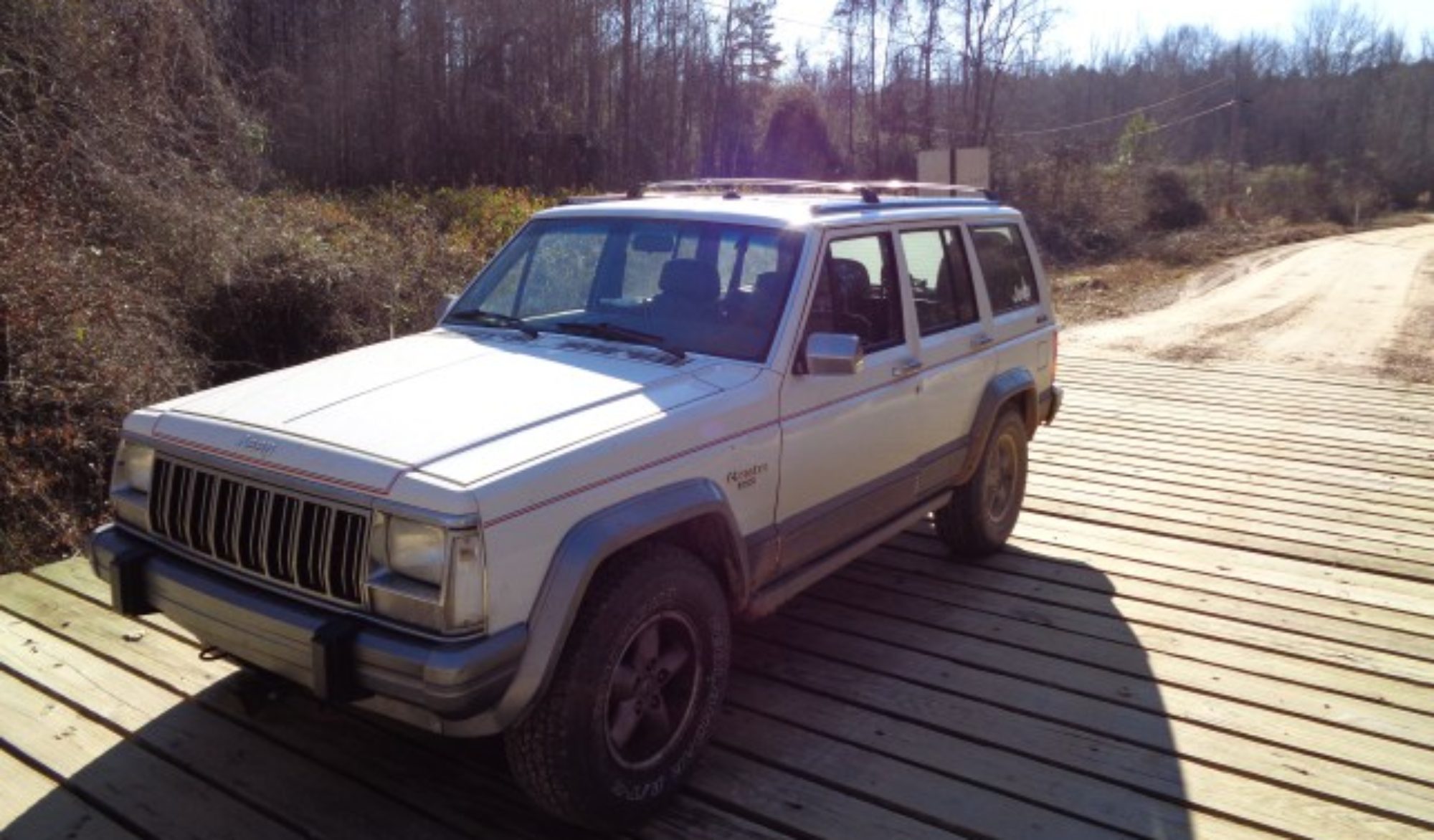My new Favorite Meditation
I recently decided to return to my study of Taoism. Taoism has always appealed to me because of their scientific approach to philosophy. Lao Tsu and the other writers took a lot of time to study plant and animal life to see what works and what does not. They developed very workable practices that really help maintain a strong and healthy mind and body.
I recently read an interesting article by Michael Winn where he talks about smiling to your internal organs. He explains the Taoist philosophy of acceptance very succinctly with the concept of smiling. By smiling he means that we simply acknowledge that a certain condition exists and we smile with no judgment. A thing or event is neither good nor bad, it just is. I find I can save a lot of mental and spiritual energy when I stop judging things as good or bad and just accept them.
So the meditation I have begun to use based on Winn’s ideas and my previous Taoist studies is to simply talk to my body. I like to carry on a conversation with all my body parts.
Since I have had some pain and discomfort in my right foot lately I usually begin there. The conversation goes something like this:
Hey foot. How are you doing down there? I notice that you are sending a lot of interesting signals lately. I really appreciate how you carry me around and support me. I really appreciate all the little tiny bones that have to intersect just right to do all the amazing task that you accomplish all day long. I am really thankful that I have you to carry me around like you do.
My foot rarely talks back, but I can tell it responds well to being appreciated. The pain usually goes away quickly as I stop thinking about it and think about the entire task my foot performs for me.
One of the concepts that I really like in Winn’s article was not condemning body parts that don’t work up to our expectations. He even speaks of welcoming and loving malfunctioning parts like tumors and infections. These are part of our bodies and are there for a reason. If we act with malice towards these parts, they respond in kind. However if we act in love toward these parts, they adapt and rejoin the working collective of our body.
I recently had a sinus headache. Normally all I want to do it get rid of the swelling. I have tried all sorts of herbal remedies and then usually resort to pseudoephedrine. But this time I had a loving conversation with my sinuses. It went something like this:
Ok Sinuses, I know you are irritated. I have been irritated at a lot of things lately but I am working to just let them go. I really appreciate the way you try to protect me by filling with fluid. I know the sensation of swelling that I feel is your way of letting me know what is going on. I really appreciate all you do with the filtering of each and every breath. I know that you do a lot of other tasks that I don’t even understand. And I just want you to know that I appreciate all you do. If you feel the need to swell up to protect me, then have at it. If however the threat is over, let’s just relax and let our guards down. I am going to just lie down for a while and let you do what ever you think is best.
In far less time than it would have taken for the sinus medicine to digest, my headache was gone. I never got any real answers form my sinuses, but the pain went away and I felt like my sinuses worked better and felt appreciated.
I am finding a lot of clarity in taking time to sit and talk with my body and its organs. I really like the concept of not condemning body parts but loving all of them no matter what their shape or form. I am working on loving the excess fat around my belly. I am telling it that I really appreciate the protection is giving me. If it feels the need to stick around, that is fine. However if its job is done, then the fat can be redistributed to other places in my body or used up as fuel. But I am leaving the detail up to the belly fat cells to decide. I am appreciating their presence and respecting their right to be there. I am no longer fighting to get them to leave. I simply love them for who they are.
I feel much more at peace with my self and with my body. I don’t feel like I need to struggle anymore.
I think this meditation and coming to peace within my body is going to help me be more at peace with my external world as well. It will be an interesting trial at least.


 HELP Wiper bushing kit
HELP Wiper bushing kit


































